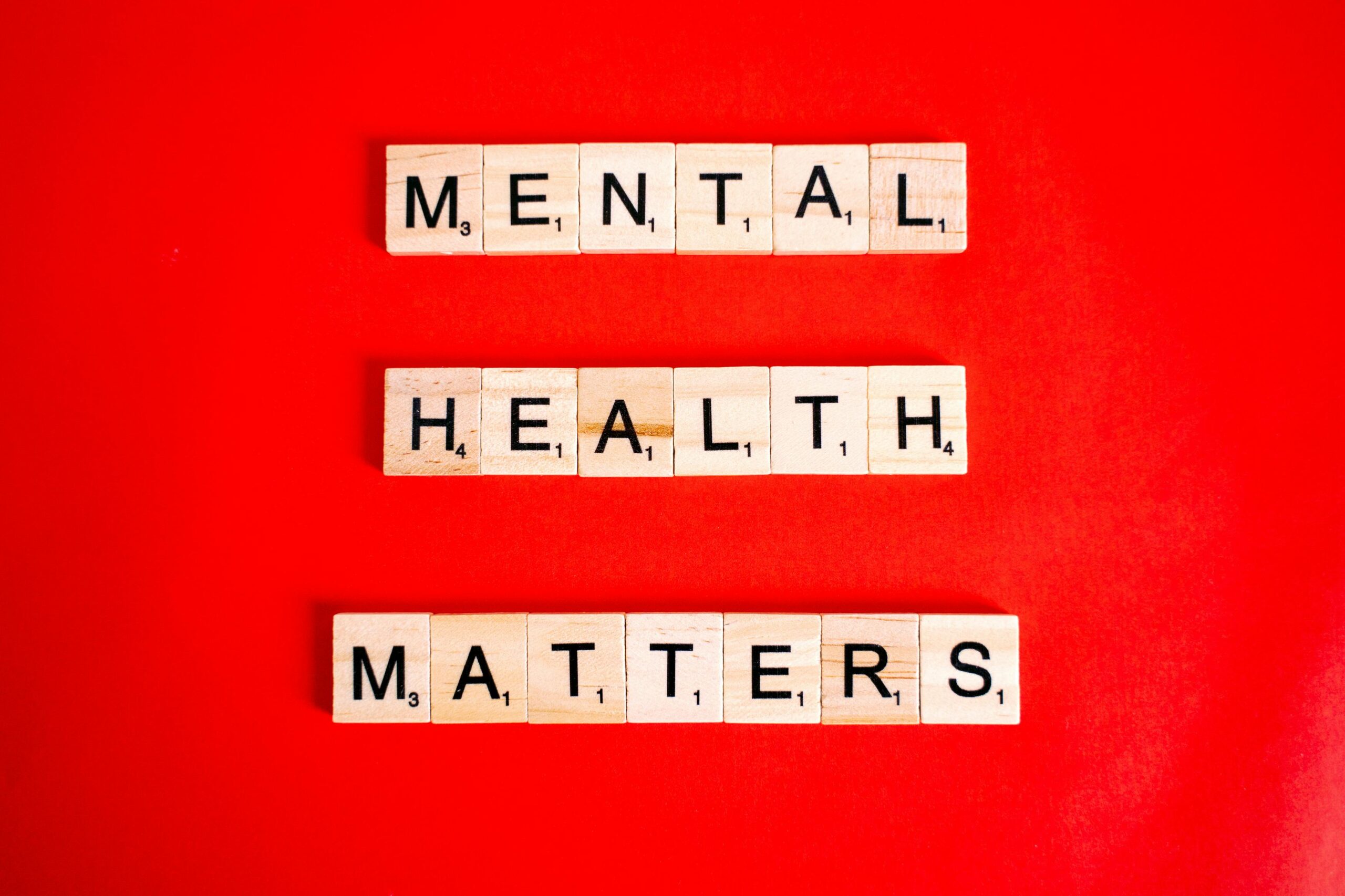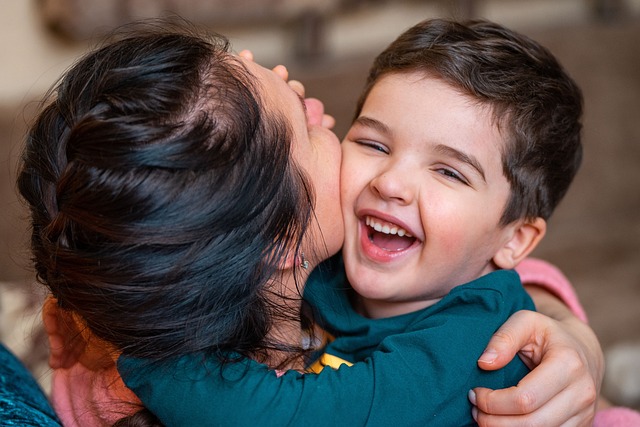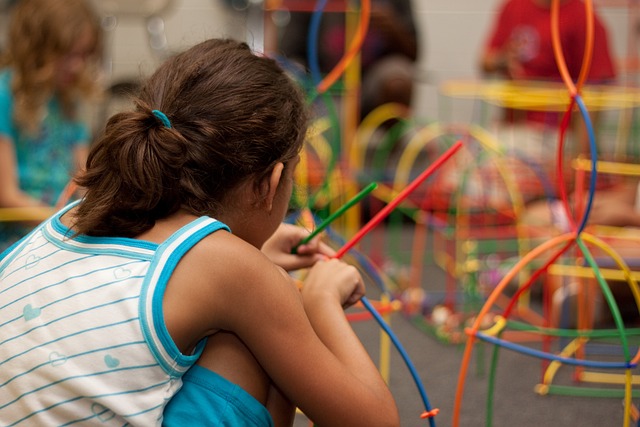Marriage, often described as one of life’s most profound journeys, is built on more than just love. It requires ongoing commitment, mutual understanding, and a deep-rooted desire for the partnership to thrive. While each marriage is unique, there are certain universal conditions that must be met for a relationship to succeed. These factors help create a strong, enduring bond, and without them, the foundation of marriage may begin to crack. In this article, we will delve into the top five essential conditions for a successful marriage.

1. Effective Communication
Communication is the cornerstone of any successful relationship, but in marriage, it takes on even greater significance. Couples need to not only talk but actively listen to one another. Sharing thoughts, feelings, concerns, and aspirations can prevent misunderstandings from festering and turning into major conflicts.
Healthy communication involves both verbal and non-verbal cues. For instance, a simple reassuring touch, eye contact, or a gesture of empathy can sometimes convey more than words. It’s crucial to create a safe space where each partner feels heard, understood, and respected.
Couples who prioritize clear and open communication are better equipped to handle the inevitable challenges that arise. They can navigate disagreements without resorting to blame or hostility, and they’re more likely to approach problems as a team, rather than adversaries.
Tips for Effective Communication in Marriage:
- Practice active listening: Don’t just wait for your turn to speak; truly absorb what your partner is saying.
- Express yourself honestly: Be open about your feelings, needs, and concerns.
- Stay calm: Avoid yelling or using aggressive language, even during disagreements.
- Check in regularly: Make it a habit to have meaningful conversations, not just about day-to-day logistics but about emotions, goals, and dreams.
2. Mutual Respect

Respect is often the glue that holds a marriage together. It goes beyond just being polite or kind. True respect means valuing your partner as an individual, appreciating their thoughts, opinions, and boundaries. Without respect, the dynamic of a relationship can become toxic, leading to resentment and emotional distance.
Mutual respect involves understanding that each person brings unique strengths and weaknesses to the marriage. Both partners should acknowledge and honor these differences rather than attempting to change or diminish the other. This also includes recognizing when it’s appropriate to compromise and when it’s essential to stand firm on your values.
When respect is at the core of a marriage, conflicts are less likely to escalate into damaging fights. Each partner feels seen and appreciated for who they are, fostering a sense of security and trust.
Ways to Foster Mutual Respect:
- Set boundaries: Respect each other’s personal space and emotional limits.
- Celebrate differences: Appreciate the unique qualities your partner brings to the relationship.
- Avoid contempt: Even in frustration, never belittle or undermine your partner.
- Show gratitude: Regularly express appreciation for the things your partner does, both big and small.
3. Trust and Loyalty

Trust is a non-negotiable component of a successful marriage. It forms the bedrock of emotional security and allows couples to feel safe being vulnerable with each other. Without trust, marriages are prone to insecurity, suspicion, and emotional withdrawal.
Loyalty, a close companion to trust, ensures that both partners remain committed to the relationship, even when times get tough. It means standing by each other’s side, not just during the good times but also through life’s inevitable challenges.
Building and maintaining trust requires effort, particularly when a breach has occurred. While rebuilding trust after a betrayal is difficult, it is possible with patience, transparency, and commitment.
How to Cultivate Trust in Marriage:
- Be honest: Even when the truth is difficult, honesty is always the best policy.
- Keep promises: Follow through on commitments, both big and small.
- Be reliable: Show your partner that they can count on you, emotionally and practically.
- Communicate openly: If trust has been broken, be open about feelings and work towards healing together.
4. Emotional Support and Empathy
Emotional support is essential for helping each partner feel understood, loved, and valued in the relationship. Marriage is a partnership where both individuals need to uplift and support each other through life’s highs and lows.
Empathy plays a critical role in this aspect of marriage. Being able to put yourself in your partner’s shoes and understand their emotional experience fosters a deeper connection and strengthens your bond. It helps create an atmosphere where both partners feel emotionally safe, enhancing their ability to be vulnerable and honest.
Providing emotional support involves being there for your partner during tough times, offering a listening ear, and being a source of comfort when they feel overwhelmed. Likewise, sharing in their joys and triumphs shows that you are not only a teammate during hardship but also a companion in celebration.
How to Provide Emotional Support:
- Practice empathy: Try to truly understand how your partner is feeling without immediately offering solutions.
- Be present: Sometimes, all your partner needs is your presence. Being there physically and emotionally can be a great comfort.
- Offer encouragement: Support your partner’s personal goals and dreams, even when they face setbacks.
- Be patient: Emotional support takes time and effort, especially when your partner is dealing with something deeply personal.
5. Shared Values and Goals
While differences in personality, background, or interests can often enrich a marriage, shared values and long-term goals are essential for its stability. Couples who are aligned on fundamental beliefs and objectives—such as financial habits, views on parenting, or life aspirations—are more likely to maintain a harmonious and lasting partnership.
Shared values don’t mean that couples must agree on everything. Rather, it means that they have a common vision for their life together and understand what is most important to each other. This alignment becomes especially important when making major life decisions, such as buying a home, raising children, or navigating career choices.
Having shared goals also provides a sense of unity and purpose within the marriage. When both partners are working towards the same objectives, they are more likely to feel like teammates, working together to build the life they desire.
How to Align Values and Goals:
- Have regular discussions about the future: Talk about where you both see yourselves in five, ten, or twenty years.
- Discuss finances openly: Make sure you’re on the same page when it comes to budgeting, saving, and spending.
- Talk about family planning: If you plan to have children, ensure that both partners are in agreement about how to approach parenting.
- Revisit goals periodically: As life changes, your goals may need to shift too. Keep the conversation ongoing.
Conclusion
A successful marriage doesn’t happen by accident—it’s the result of intentional effort and mutual dedication. By fostering effective communication, mutual respect, trust, emotional support, and shared values, couples can build a marriage that not only survives but thrives. Every relationship will face challenges, but when these five core conditions are met, the foundation of the marriage remains solid, allowing the couple to weather any storm and enjoy a fulfilling partnership.
Marriage is a continuous journey, and nurturing these key elements will not only bring you closer as a couple but also ensure that your relationship grows stronger over time.


































